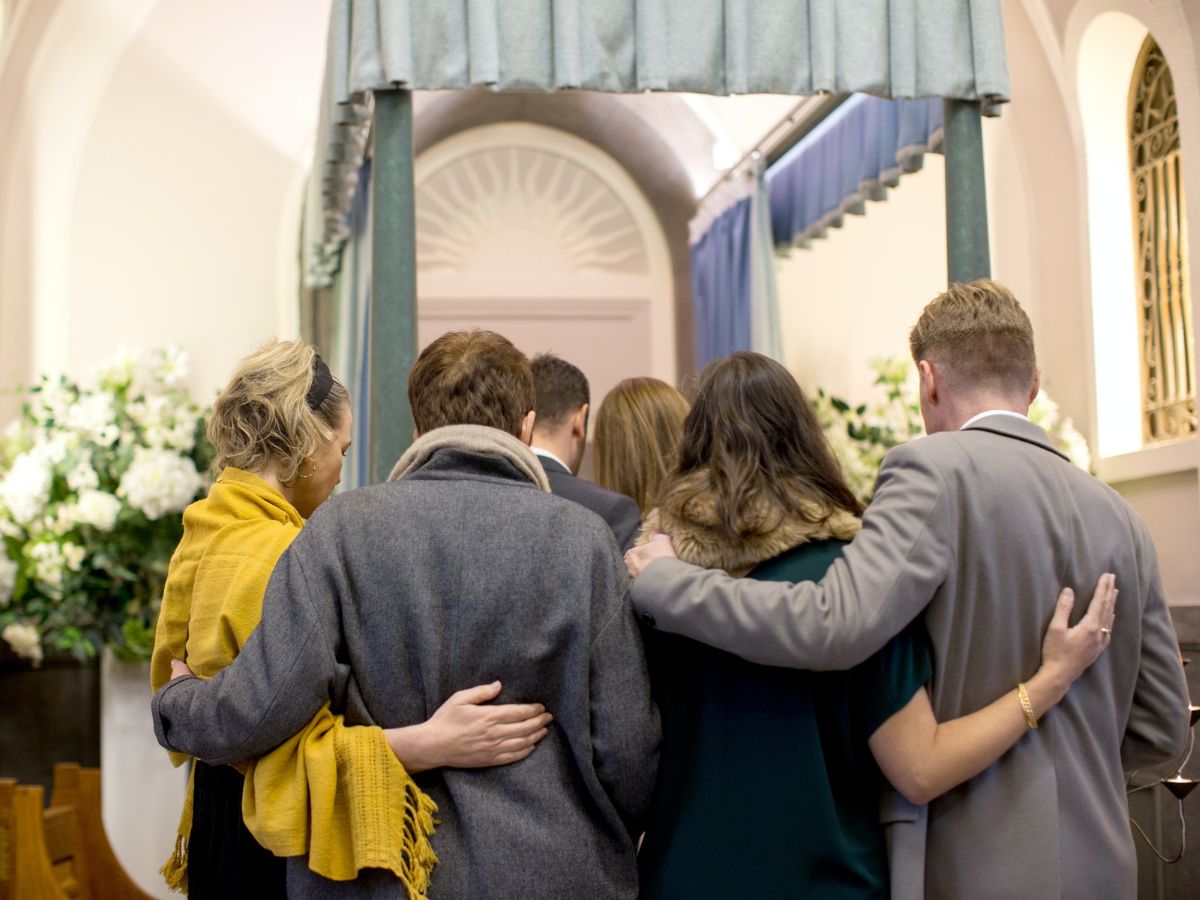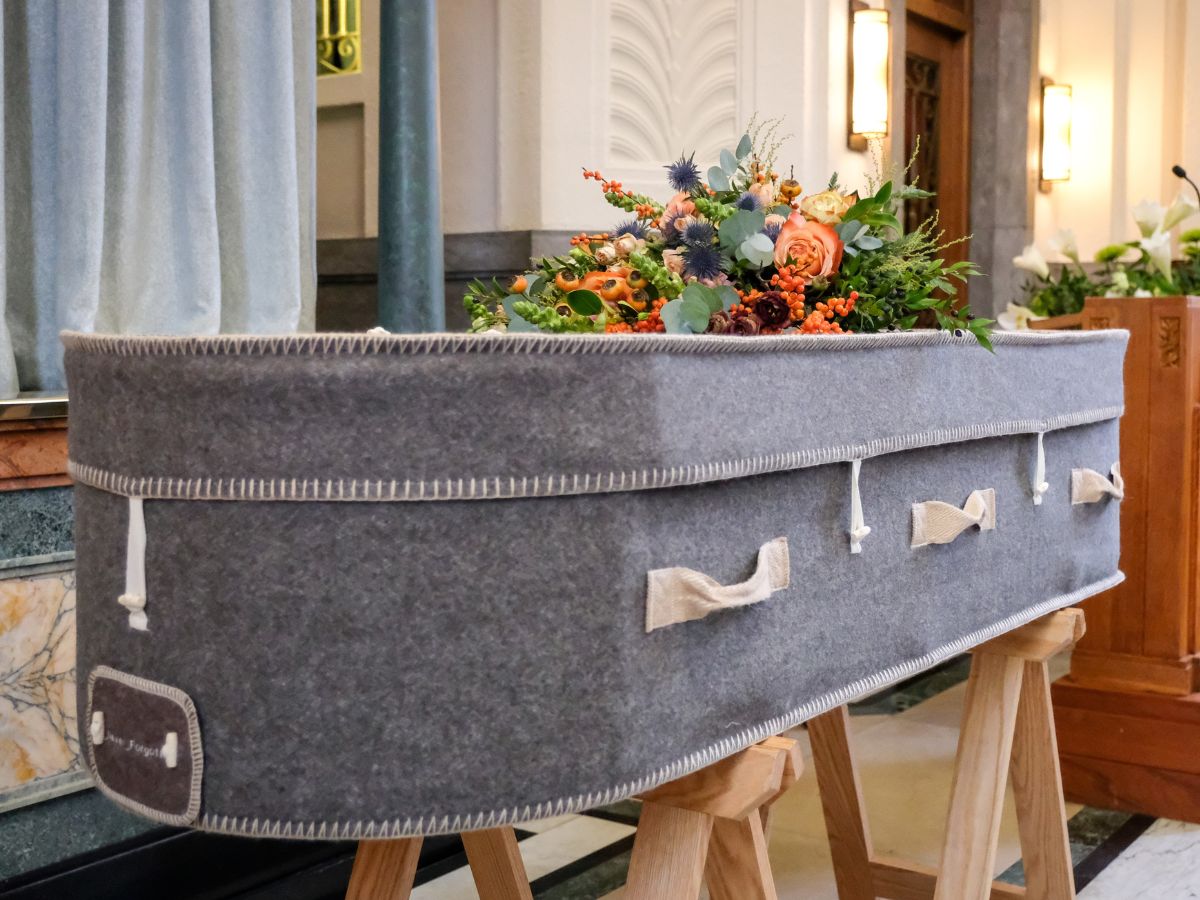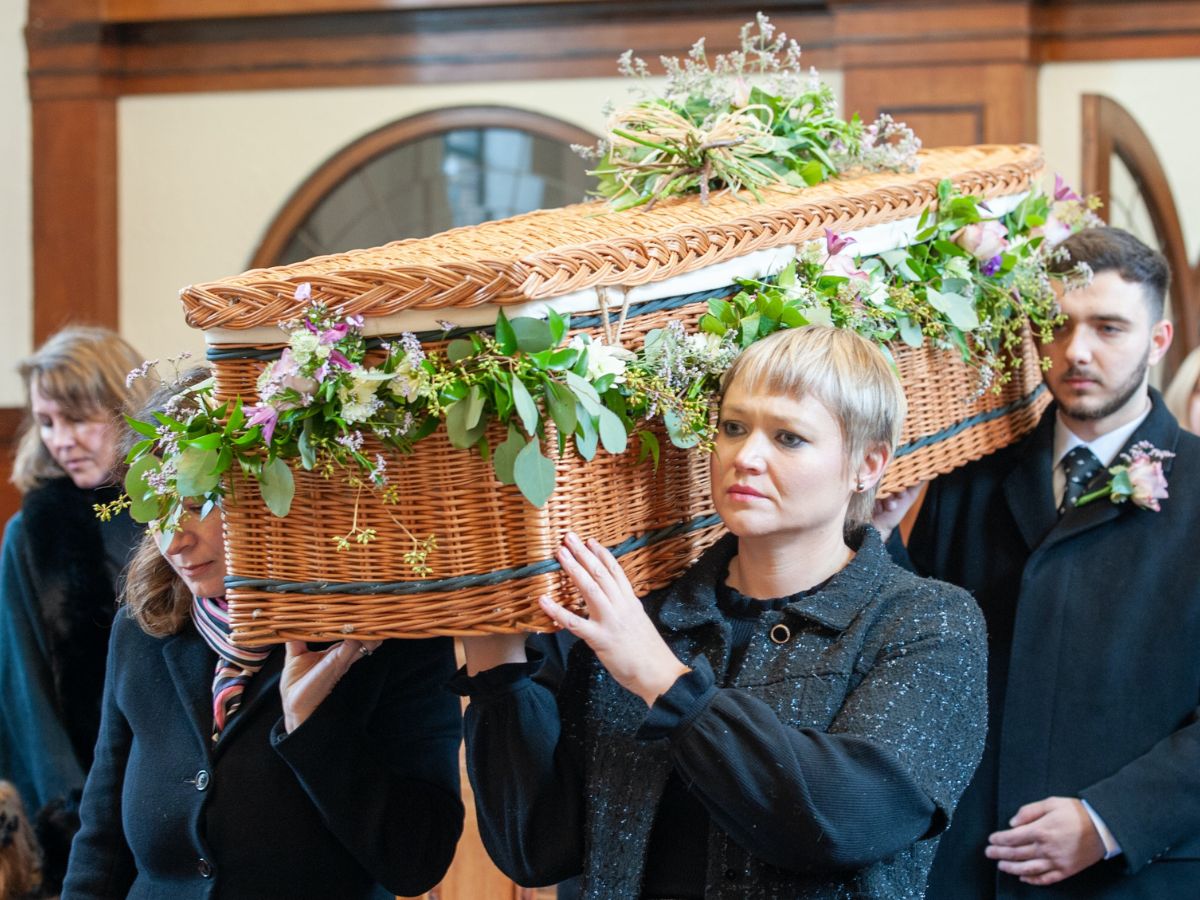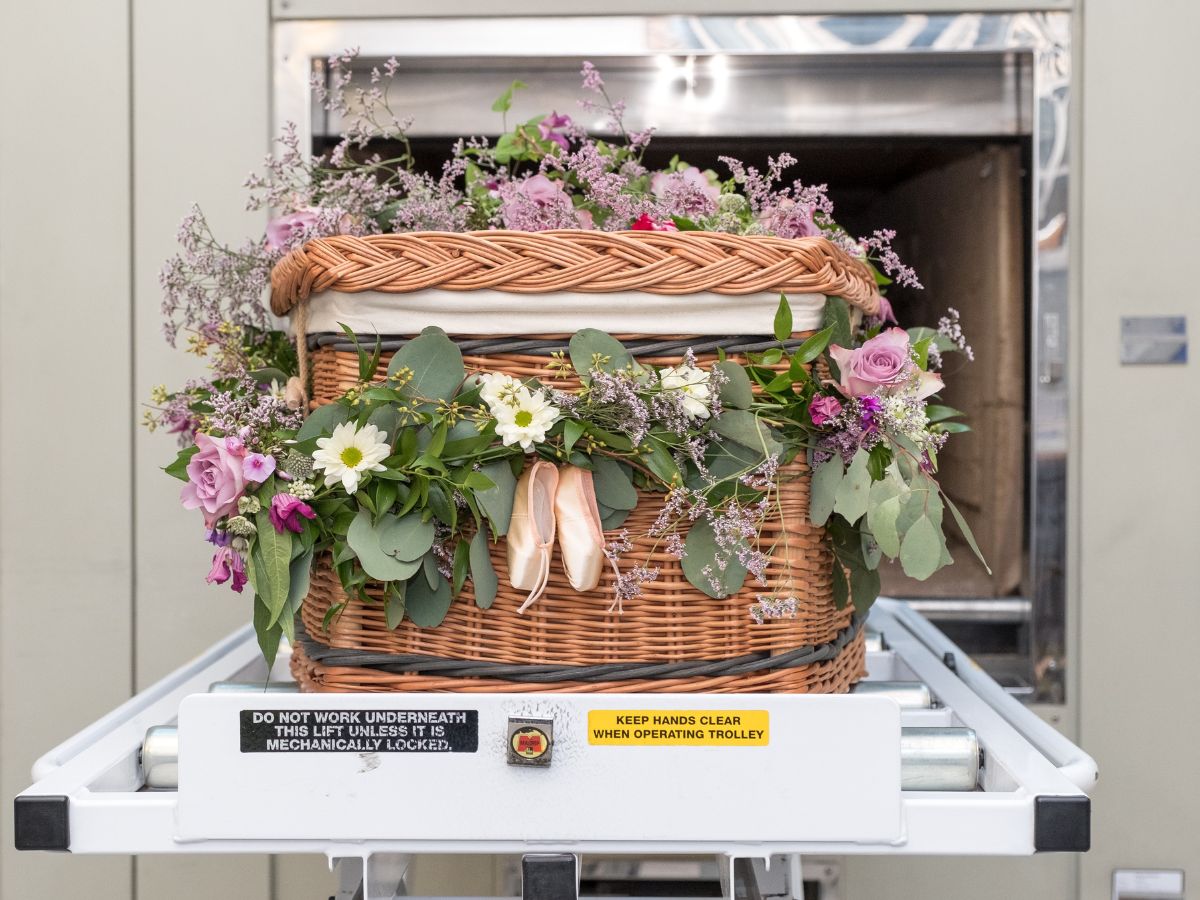It is estimated that by 2035, almost 78 percent of Americans will choose cremation as a traditional burial process. Today, this practice is common among more than half of the people in the United States. There are certain factors that have been influencing the rise in cremation procedures. One of them is declining interest towards affiliation to religion. Today, less than 40% of Americans choose a religious funeral.
This is owing to the growing awareness of the environment. Many Americans are in favor of cremation today, as they want to reduce land usage. Preserving hardwood and other natural resources are also some of their priorities. Others want to avoid chemicals that they use in the embalming process. Cost is one of the strongest reasons why people choose cremation.
It is less expensive than a burial and gives families the chance to hold a traditional service. Cremation also gives them many choices for storing or scattering the remains. They seem to be meaningful options that represent the dead better. This process also allows some time for the family members to come together. This is helpful when the family members are in different parts of the country or the world.
The costs involved in cremation would depend on your location and the services you intend to have. If you go for a traditional service beforehand, the costs can go up significantly. This is especially true if there’s a need for casket. Now, let’s take a look at the steps involved in cremation:
1. Identification of the dead
The regulations for identification of the deceased vary from state to state. It typically involves a family member who confirms the identity. After confirmation, a metal ID tag goes on the body. It remains throughout the process. For the final verification, it needs to be with the remains. The individual facility has its own specific procedures that are based on industry recommendations.
2. Authorization of the procedure
In order to go ahead with the cremation, the crematory must have an official permission. For this purpose, the person or persons making the final arrangements needs to complete paperwork. Upon completion of the paperwork, the authorities give the crematory an authorization to proceed.
Each state has its own rules with regards to the person who has the legal permission to make such decisions. The paperwork also seeks information with regards to the type of container the crematory would be using. It also asks for information on who will take the responsibility of collecting the remains.
3. Preparation of the body
The embalming process is not done on the body unless the beneficiaries request for it. There are certain cases, for which, it would be necessary. The individual facility can handle the preparation of the body in its own way. Usually this process involves cleaning and dressing.
Jewelry or other items are taken off and handed over to the right persons. Prosthetics or medical devices of any kind are removed from the body to avoid chemical reactions. The body finally goes into a vessel that’s combustible and strong enough to handle the weight.
4. Moving the body into the cremation chamber
The process of cremation involves temperatures of up to 1,800 degrees Fahrenheit. It takes place in a furnace that has been specially created for this purpose. The extreme temperatures reduce the body to ashes. After this procedure, the remains go through a cooling process before they can be handled.
5. Finalization of remains
After the cremation, the remains go through an inspection to identify metal remnants. It helps in finding out whether there are any metals present in the body, such as screws, pins, and joints. Such items may have been placed surgically in the body of the deceased during the person’s life. Metal is removed using hands or strong magnets. It mostly goes for recycling. Next is making the remains finer by a special processor to get the final ashes.
6. Transfer of ashes
The remains are placed in an urn or any other container unless it has been specified otherwise. They are then returned to the family.




